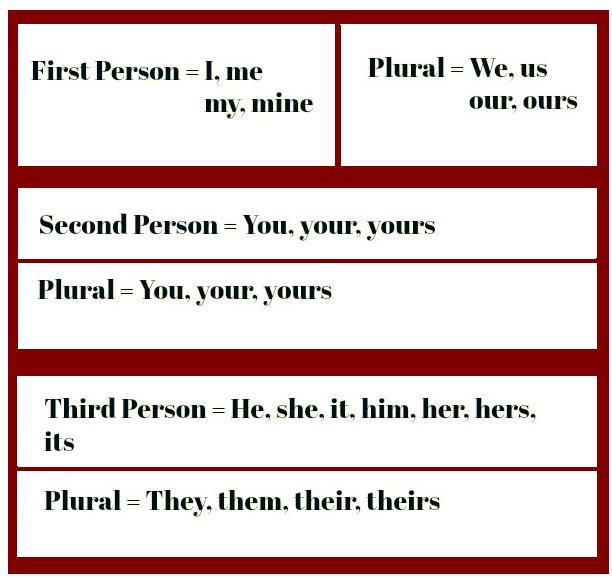

The person marking your work won’t be impressed by “I feel like,” because it shows no authority and highlights that it came from your brain and not anywhere of note.īy including terms like “I think” or “I feel” like in the example above, you’re already off to a bad start.īut when you switch that example to the third-person point of view, you can cite your sources, which is precisely what you need to do in your essays and research papers to achieve higher grades. There’s no substance to it whatsoever.Īlso, it isn’t very assertive. Why? Because you’re using first-person pronouns and, as it sounds like an opinion, you can’t back up your claims with a stat or any credible research.

It’s a simple sentence, but there’s a lot wrong with it when you’re talking about research papers and adopting a third-person narrative. “I feel like students perform better at home because they have more freedom and are more comfortable.” That’s a no-no.įor instance, here’s how you shouldn’t write a sentence in your essay if you’re writing about virtual learning as an example. Rule number one: Never refer to yourself in your essay in the third-person.
#3rd person point of view how to
How to use the third-person point of view Although they’re more associated with creative writing than academic work and essays, your writing is likely to fall under the third-person objective point of view.Ī third-person objective point of view is about being neutral and presenting your findings and research in an observational way, rather than influencing the reader with your opinions. You can break third-person perspectives into three other types, including omniscient, limited, and objective. Ultimately, this will help your grades as the third-person view keeps you focused on evidence and facts instead of your opinion. The reason for this is it’ll make your papers less personal and more objective, meaning the objectivity will make you come across as more credible and less biased. So, always choose the third-person stance when writing academic copy, such as essays and research papers. The third-person point of view tells the reader a story and it’s often the go-to when you’re taking an authoritative stance in your papers, which is why it’s so common in academic writing. Notice the difference between the three? When to write in third-person But that tends to happen more in stories than research papers. In this perspective, you’d use pronouns like he, she, him, her, his, hers, himself, herself, it, them, their, and themselves. The third-person point of view is aimed at the person or people being talked about, which is the type of writing you’d find in stories. In your writing, you’d use second-person pronouns such as you, your, and yourselves. This point of view belongs to the person you’re addressing - so its a you perspective. If we go down the first-person route, writing will include pronouns like I, me, myself, and mine.

It’s where we talk about us, ourselves, and our opinions. Here’s a quick breakdown to understand the differences for when you write your following paper: First-person

There’s a lot of information out there about how you can differentiate between the three in roundabout ways, making it unnecessarily complicated. It’s a completely unbiased, objective way of writing that tells a story or dissects a topic right down the middle. You don’t try to influence what readers feel. It’s a narrative where you’re totally independent of the subject you’re analyzing and writing about. Even though you might not know it, chances are you’ve used first, second and third person in writing projects throughout your education. Writing in third-person is one of the three styles you can use when describing a point of view.


 0 kommentar(er)
0 kommentar(er)
